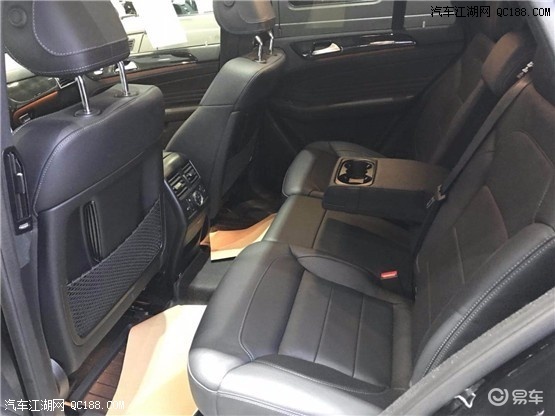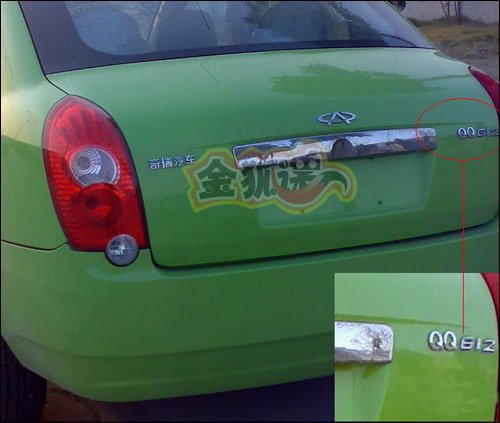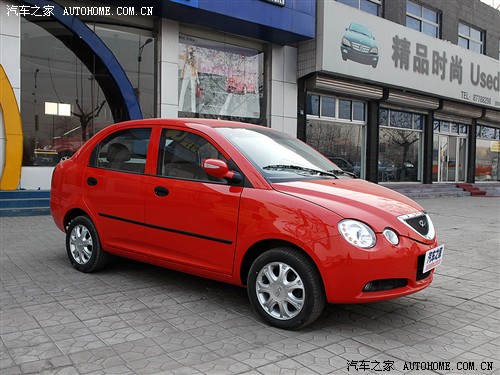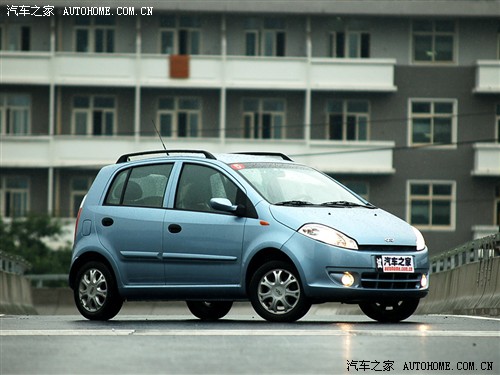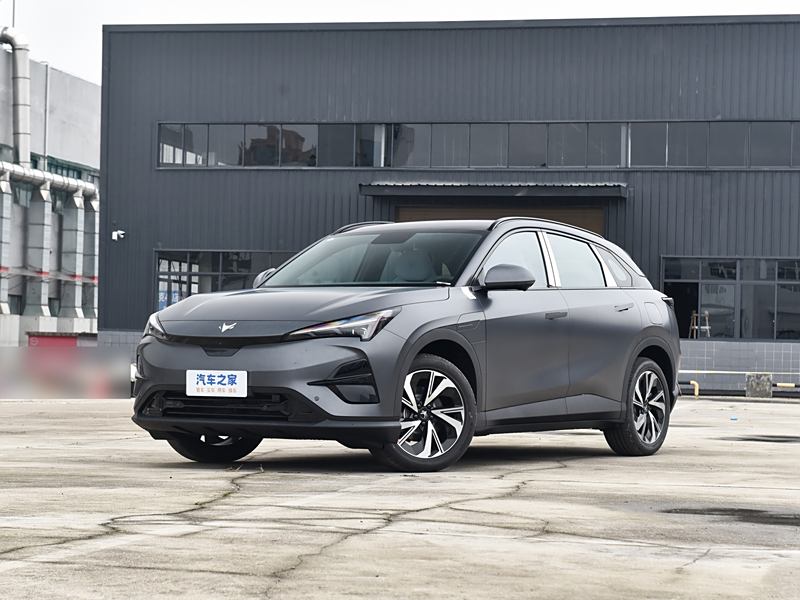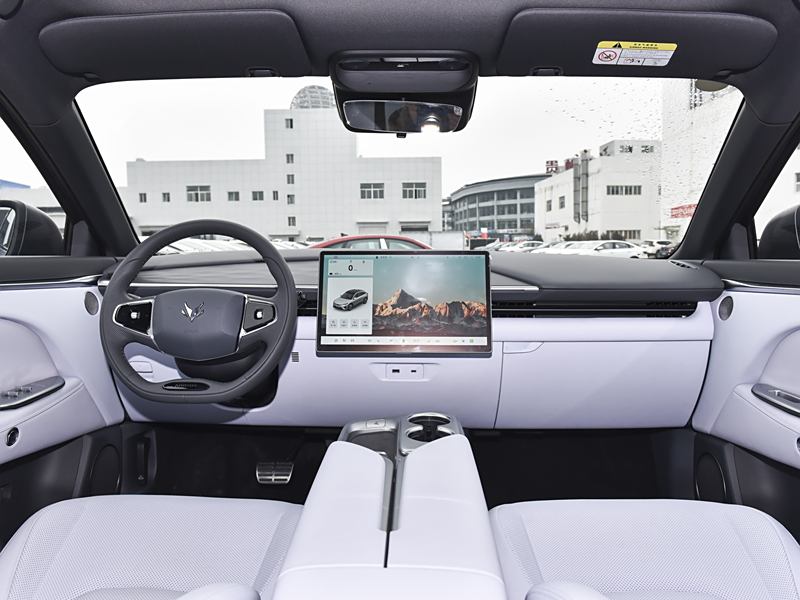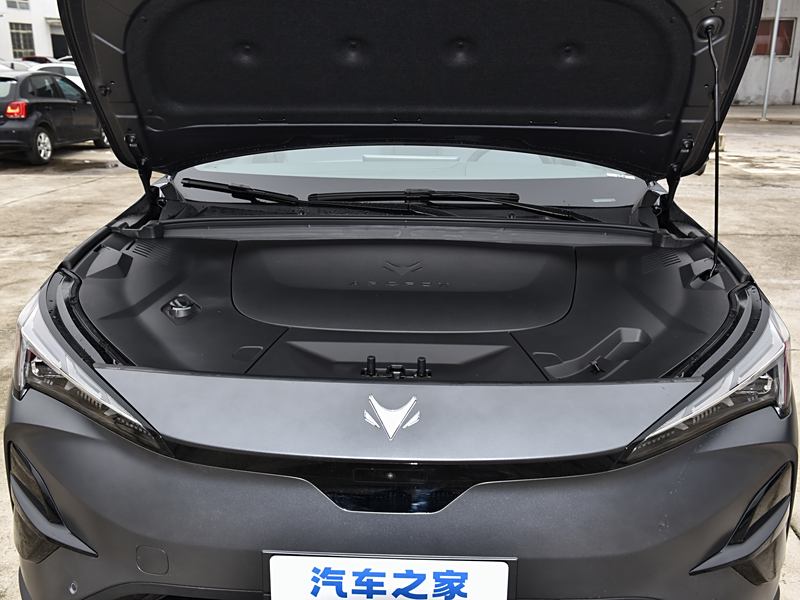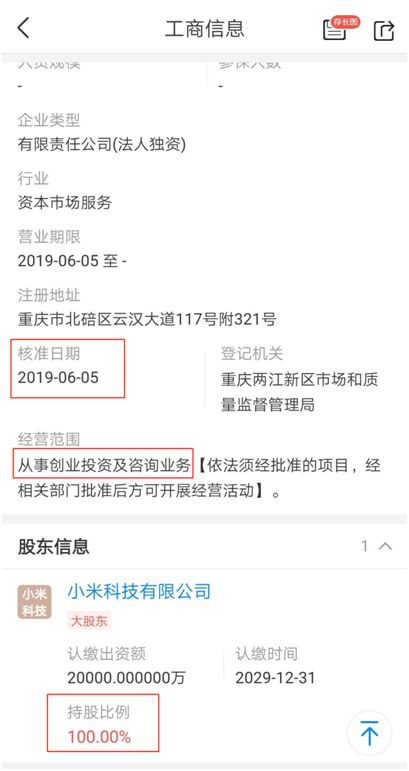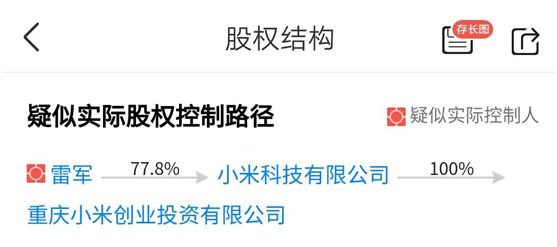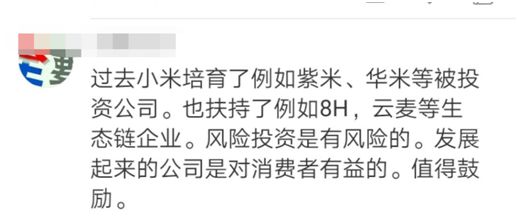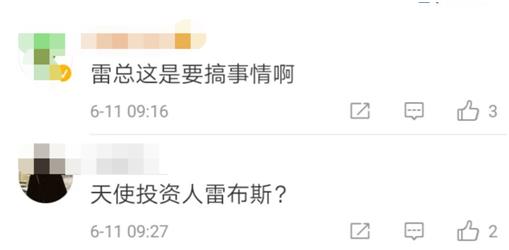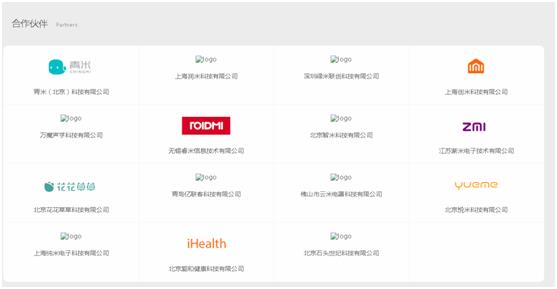Novice oil selection series (1) How to choose oil parameters?
[Pacific Auto Network Car Channel]In addition, the car oil that car owners are most concerned about is it. But for ordinary car owners, they are often confused when choosing engine oil — — What kind of engine oil is suitable for my car? Is there any better engine oil that can improve my engine power and reduce noise? How many kilometers is the oil change mileage? Can it be extended? We will answer all these questions in the series of articles on selecting engine oil for beginners.

● Two important parameters of engine oil
When choosing engine oil, we mainly care about two parameters — — SAE viscosity grade and API quality grade. These two parameters will be clearly marked on the oil tank body. Let’s take a closer look at the details of these two parameters.
● SAE viscosity grade

The viscosity of common engine oils on the market is classified by SAE (American Society of Automotive Engineers) standard. The tank body of engine oil will be printed with the corresponding engine oil viscosity value, such as "0W30". The "0" before the "W" in "0W30" indicates the oil.Low temperature viscosityThe grade is grade 0, and the "30" after "W" indicates the oil.High temperature viscosityThe level is level 30.
● Whether an engine oil is suitable in winter should not only look at the low temperature viscosity, but the "pour point" is the most important!
SAE specifies the apparent viscosity ranges of 0W, 5W, 10W, 15W and 20W engine oils at -35℃, -30℃, -15℃, -10℃ and -5℃ respectively. The smaller the number before "W", the better the low-temperature fluidity of this oil.At this point, some car owners will ask, is it necessary to use 5W or 0W engine oil when the temperature is below -30℃ in winter? Actually, it’s not like this.

The low-temperature viscosity grade only indicates the fluidity of engine oil at a specific temperature, which is not directly related to the environmental temperature of the vehicle. To determine whether the fluidity of engine oil is sufficient at a specific ambient temperature, we should pay attention to another important parameter of engine oil, that is, pour point (in degrees Celsius).Pour point is the lowest temperature at which engine oil can flow in a low temperature environment. We suggest that northern car owners choose engine oil whose pour point is about 10℃ lower than the lowest temperature in winter.
How to check the pour point parameters?
Pour point data of engine oil products can be found in official website, the engine oil manufacturer. Xiaobian queryMobil、, Shell, KunlunOfficial website, except Shell’s official website, other brands of official website have provided the corresponding pour point data of engine oil products.
Mobil 1:
http://www.mobil.ca/Canada-English-LCW/carengineoils_products_mobil-1_0w40.aspx#
Castrol Jinjiahu:
http://www.castrol.com/castrol/productdetail.do? categoryId=9040507&contentId=6030785
Kunlun Tianyuan SM:
http://www.kunlunlube.com.cn/rhy/pro/jiaoche/jiaoche_01_01.htm

● The high temperature viscosity of engine oil should be determined according to the structural parameters of the engine.
The high temperature viscosity grade is calibrated according to the dynamic viscosity value of engine oil at 100℃. It expresses the viscosity of engine oil under the engine warm-up condition (generally about 100℃). The higher the high-temperature viscosity grade, the greater the viscosity of engine oil when the engine is warm-up.The selection of high temperature viscosity parameters of engine oil should be determined according to the engine structure design. The average car owner can’t know the engine structure of the vehicle better than that, soWe should choose high temperature viscosity parameters according to the maintenance data marked in the manufacturer’s manual..
● The dynamic viscosity at 100℃ determines whether the oil is fuel-efficient and low noise or high speed and high protection.

The actual measured values of dynamic viscosity at 100℃ of different brands of products with the same high temperature viscosity grade are different, and the lower dynamic viscosity at 100℃ can reduce and reduce engine noise; A higher dynamic viscosity at 100℃ will better protect the engine at ultra-high speed.Xiao Bian believes that according to the actual use of your car, if you use the car in urban areas and drive gently, it is recommended to use engine oil products with low dynamic viscosity at 100℃; If you like to occasionally compare with others to accelerate, it is recommended to use engine oil products with high dynamic viscosity at 100℃. How to check the dynamic viscosity of engine oil products? Like pour point data, it can be found in official website, the engine oil manufacturer.
● Editorial suggestions
For southern users, choosing a lower low temperature viscosity can improve the starting performance, at the same time, make the engine oil temperature rise faster and reach the appropriate engine oil working temperature and viscosity faster. For northern users, the low-temperature viscosity should be based on the local lowest temperature in winter to choose the engine oil with appropriate pour point parameters.
As for the high-temperature viscosity parameters, if you are a person who is afraid of trouble, you can buy oil directly according to the maintenance data in the manual. If you are an advanced user, you should pay attention to the dynamic viscosity data at 100℃ published by the manufacturer. By comparing the 100℃ dynamic viscosity data of engine oils with the same viscosity grade, we can find out the engine oils that can reduce fuel consumption and noise (relatively low dynamic viscosity) and protect the engine better at high speed and high load (relatively high dynamic viscosity).
● Case analysis
How should we choose according to different car use situations? The above is the parameter list of three oil products. If the lowest temperature in winter in our area is around -35℃, then we should choose Mobil No.1 5W30 with a pour point of -42℃. For car owners in southern China, they don’t have to pay too much attention to the pour point data of engine oil, so they should choose Castrol Jinjiahu or Mobil Suba 2000 with lower dynamic viscosity at 100℃ (both dynamic viscosities at 100℃ are 10.7). This can reduce the fuel consumption and noise of the engine.
● User comments are wonderful:
1/F Pacific iPhone Client User 06-07 19:19:04
It’s no use burning engine oil with total synthesis.
Editor’s comment:Audi cars are widely used in current models, EA113 and these three cast iron cylinder engines. The engine warm-up temperature is designed to be higher, so the gap between the ring and the cylinder liner is larger. Volkswagen requires the use of 5W40 engine oil, but also requires the high-temperature and high-shear viscosity of the engine oil to reach 3.5cP. The high-temperature and high-shear viscosity of a large part of commercial engine oil with viscosity of 5W40 only reaches the level of 2.7-2.9cP, so it is natural to burn engine oil. I found a Mobil No.1 0W40 engine oil in the market, and its high-temperature and high-shear viscosity reaches 3.6cP, which can meet the requirements of Volkswagen engine statistically. You can try it next time you change the oil.
2nd Floor Pacific iPhone Client User 06-07 22:40:26
I don’t quite understand it, but I understand that if there is often a behavior of pulling up the speed, I should choose a high viscosity. However, there is little difference between the three data introduced. It should not be as high as possible, right? Any other introductions?
Editor’s comment:Suppose your car officially requires 5W30 engine oil, then you can go to official website to check the dynamic viscosity data of various engine oils at 100℃. If you often suddenly step on the accelerator and increase the speed, then choose 5W30 engine oil with relatively high dynamic viscosity at 100℃ among the products of various manufacturers, which will protect the engine better; If you drive smoothly and use high speed, using 5W30 engine oil with relatively low dynamic viscosity at 100℃ can reduce noise and fuel consumption.
Castrol doesn’t have 5w-30 grade engine oil, is it a trust?
Editor’s comment:Castrol has 5W30 viscosity engine oil products in several series. Here is a link to the data parameters of Castrol Jinjiahu:http://www.castrol.com/liveassets/bp_internet/castrol/castrol_usa/STAGING/local_assets/downloads/p,q/pds_castrol_gtx_2010.pdf
17th Floor, Shenzhen City, Guangdong Province 06-08 10:45:01
If you often go to the track, the minimum shift gear is 4500, which is basically 5500-6500 rpm. Is 0W40 or 10W60 better? The original factory requires 5W30.
Editor’s comment:As far as I know, the train type uses 10W60 engine oil. In fact, whether to choose 0W40 or 10W60 depends on whether you often use the car on the track or in the city. As for the racing car, the car has been warmed up before the race, and it will often accelerate rapidly and maintain a high speed during the race, so the use of 10W60 is to ensure that the friction pairs can be properly lubricated when they are in extremely high temperature. However, using 0W40 is really not suitable for racing cars, mainly because it can’t provide suitable viscosity to lubricate the engine under intense driving conditions.
The high-temperature and high-shear viscosity of ordinary engine oil at 200℃ is as low as 2.0cP. Obviously, this viscosity is not an ideal viscosity that can provide sufficient protection for the engine. It is suggested to find an engine oil product whose high shear viscosity at 200℃ can be higher than 2.6cP. Generally speaking, it is easier to find products that meet the requirements in 10W60 engine oil, and few products in 0W40 engine oil can reach this value.
Racing car running downtown, using 10W60, which is quite expensive and noisy.
● API quality grade

Generally speaking, our quality grades will be identified by API standards, that is, "SJ", "SL", "SM" or "SN" we see on the engine oil tank. The more the letters after "S" are sorted, the better the durability and quality of the oil. For example, "SM" will be superior to "SL". API stands for american petroleum institute’s evaluation standard of engine oil quality grade.
● There is a difference between "All synthetic engine oil" and "Mineral Oil".
Generally, we often refer to the whole of synthetic engine oil, and its grade is generally "SM" or "Sn"; The grade of semi-synthetic engine oil is generally "SL" or "SM"; The grade of mineral oil is generally SJ.
Generally, the classification of engine oil grades needs to pass professional laboratory tests, which contain a lot of durability tests, such as soot test. The engine oil that meets the requirements of "SN" must meet the requirements of "SJ", "SL" and "SM", and so on.
Low viscosity grade of "all synthetic engine oil" and "mineral oil" new oil performance index is similar.

So as car owners, what should we pay attention to when choosing the oil grade?First of all, we must understand that the new oil performance index of synthetic engine oil with the same viscosity grade is similar to that of ordinary mineral oil, and the difference between them lies in stability, durability and cleanliness.Therefore, when choosing engine oil, we should pay more attention to our car habits and the expected oil change cycle.
● Case analysis
A mineral oil and a synthetic engine oil-wide parameter are listed above. It can be seen that their API grades are quite different, which shows that the durability of the two oils is quite different, that is, the oil change cycle of the two oils is very different.In addition, their total base number is nearly doubled.The total base number of engine oil indicates the cleaning ability of engine oil, which is why synthetic engine oil boasts that it can avoid sludge formation and has a cleaning effect on the engine.
● Editorial suggestions
Generally speaking, the engine oil can be changed every 10,000 kilometers with engines from all over synthetic engine oil, but the engine oil with mineral oil needs to be changed less than 5,000 kilometers. On the market, the price of 4L in synthetic engine oil is about 450 yuan, the price of semi-synthetic engine oil is about 260 yuan, and the price of mineral oil is about 150 yuan. Considering that the oil change cycle in synthetic engine oil is doubled and it has a good cleaning effect on the engine, its cost performance is not as low as expected. For operating vehicles, it is more cost-effective to travel a long distance in a short time, with short oil change cycle, low durability and fast performance attenuation.

If we choose one of the two oils mentioned above, for ordinary family cars, we should choose Mobil 1, mainly considering that its "SN" quality can bring longer oil change mileage and better engine cleaning ability; For operating vehicles, Kunlun 8000 should be selected, so as to obtain the highest cost performance, reduce costs and increase profits in a short oil change cycle.
Summary:
Two important performance parameters of engine oil are SAE viscosity grade and API quality grade respectively.
The low-temperature viscosity parameter of engine oil represents the fluidity of engine oil at a specific temperature, which is not directly related to the environmental temperature of the vehicle. To determine whether the fluidity of engine oil is sufficient at a specific ambient temperature, we should pay attention to the pour point parameters of engine oil.
The high temperature viscosity parameters of engine oil should be selected according to the structure and design of engine. It is most convenient and reliable to select the high temperature viscosity of engine oil by referring to the engine oil viscosity parameters in the vehicle manual. Advanced users can check the dynamic viscosity data of engine oil products at 100℃ in official website, an engine oil manufacturer, and choose engine oil products with lower noise (relatively low dynamic viscosity) or better protection performance from high to high load (relatively high dynamic viscosity).
In synthetic engine oil, the grade is generally "SM" or "Sn"; The grade of semi-synthetic engine oil is generally "SL" or "SM"; The grade of mineral oil is generally SJ. There is little difference in performance indexes between all synthetic engine oil and ordinary mineral oil with the same viscosity grade, but the difference between them lies in stability, durability and cleanliness to the engine.
The editor’s suggestion is that ordinary household users should use the whole synthetic engine oil and set the oil change interval at 9000-10000 km. The operating vehicles can use mineral oil, and the oil change cycle should not exceed two months due to the long mileage per unit time.

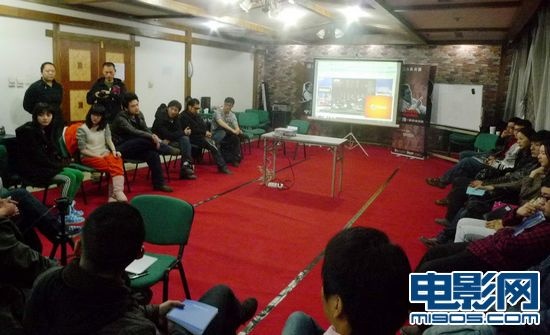

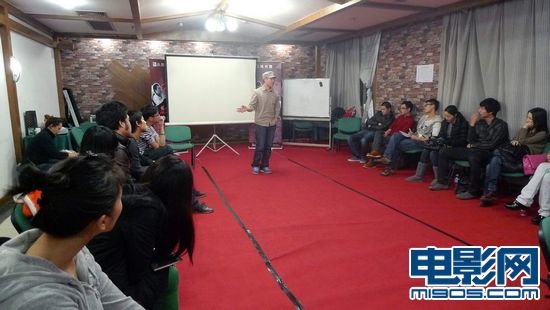
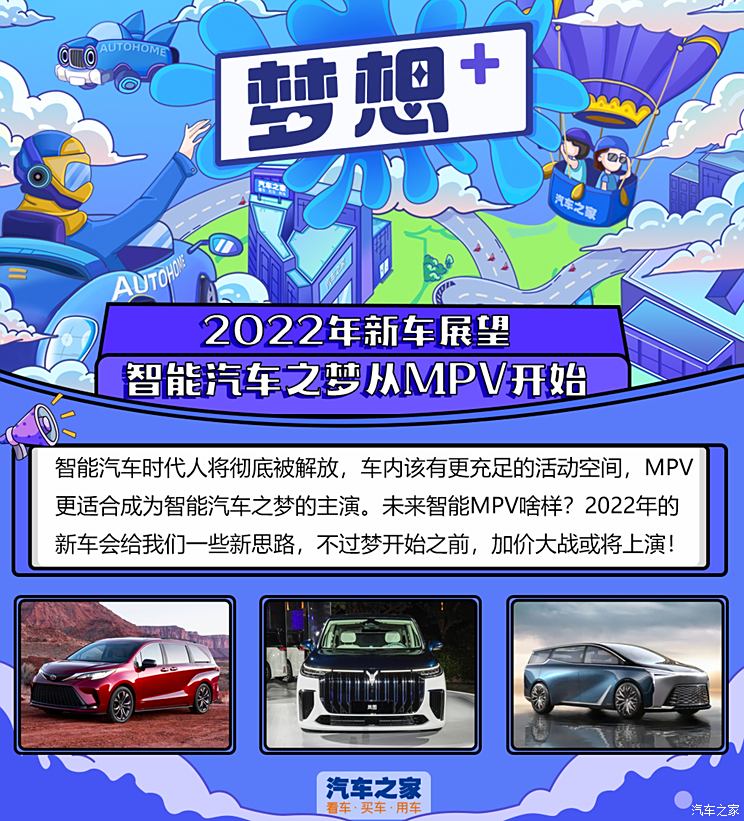
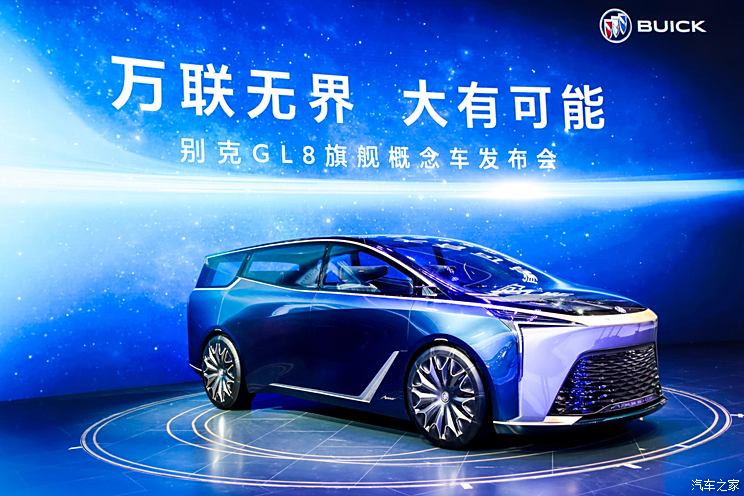


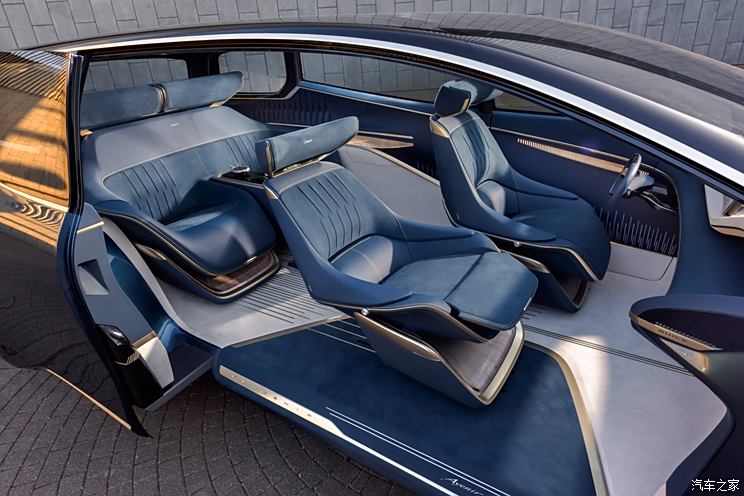
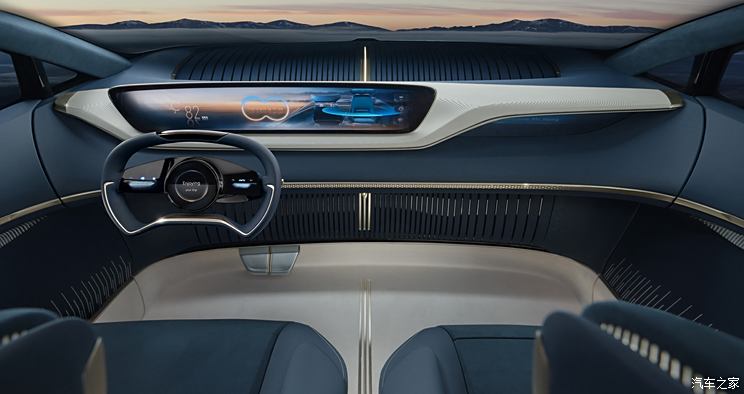
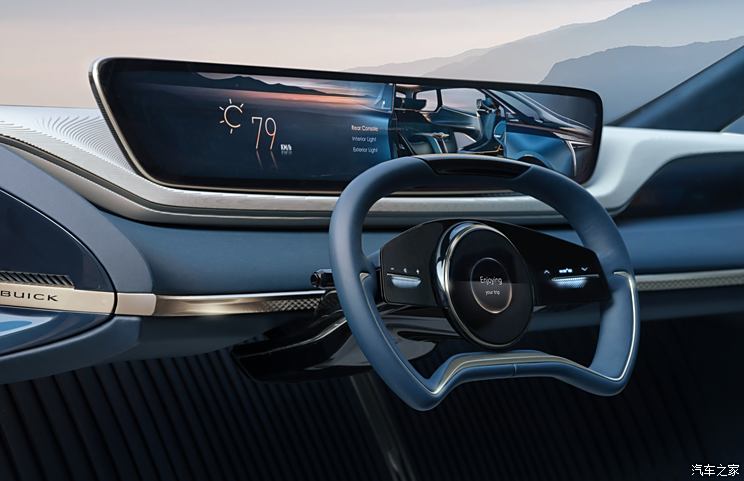

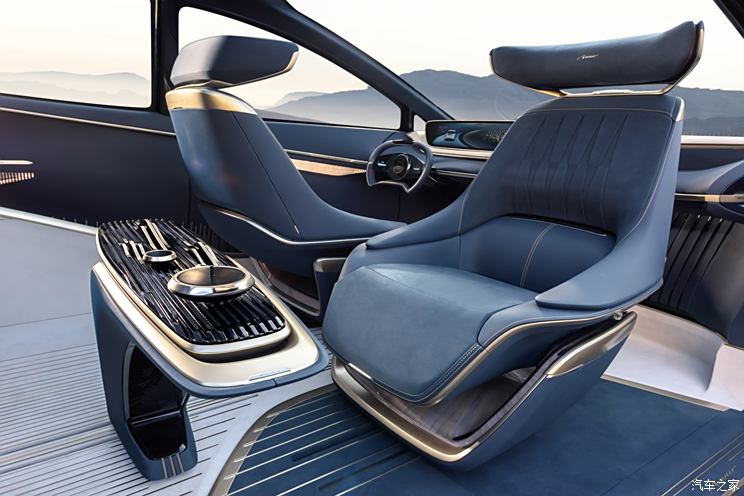
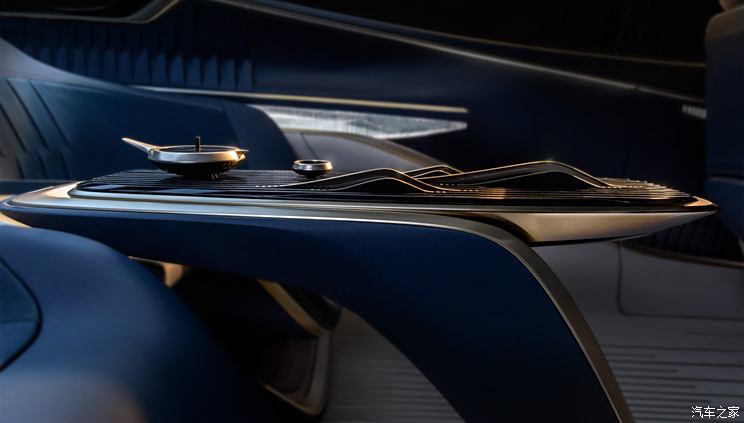

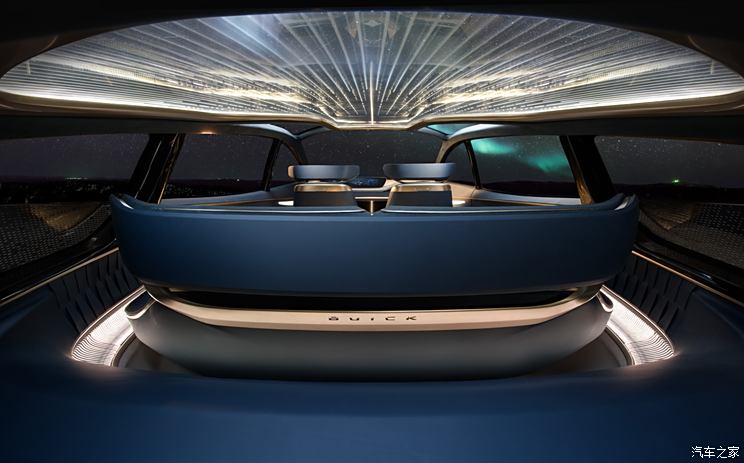
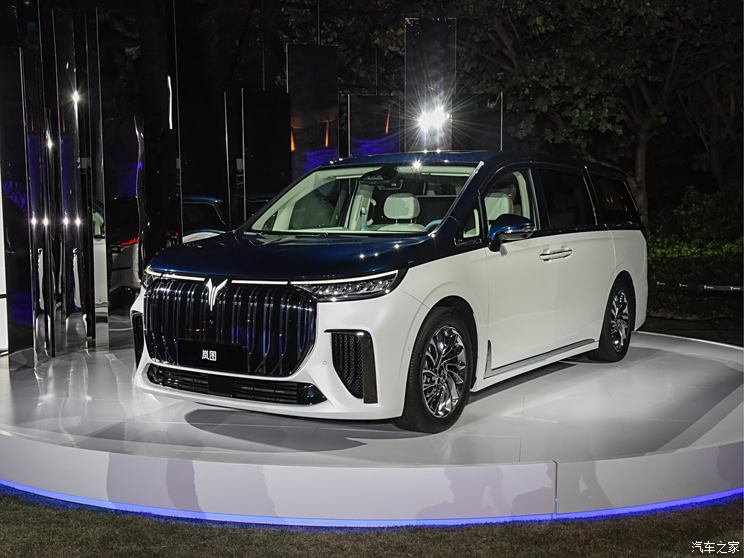
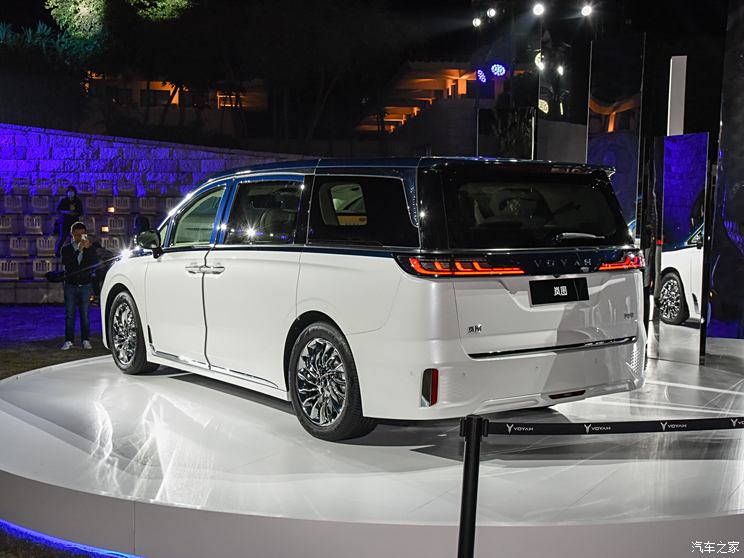
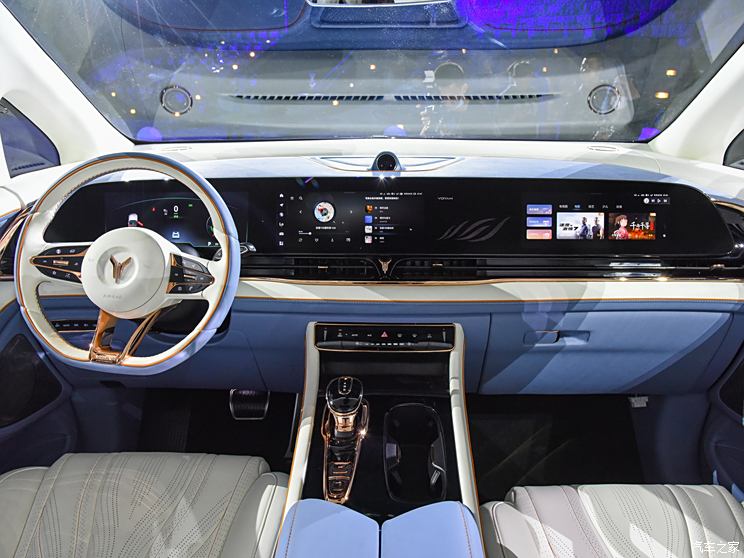
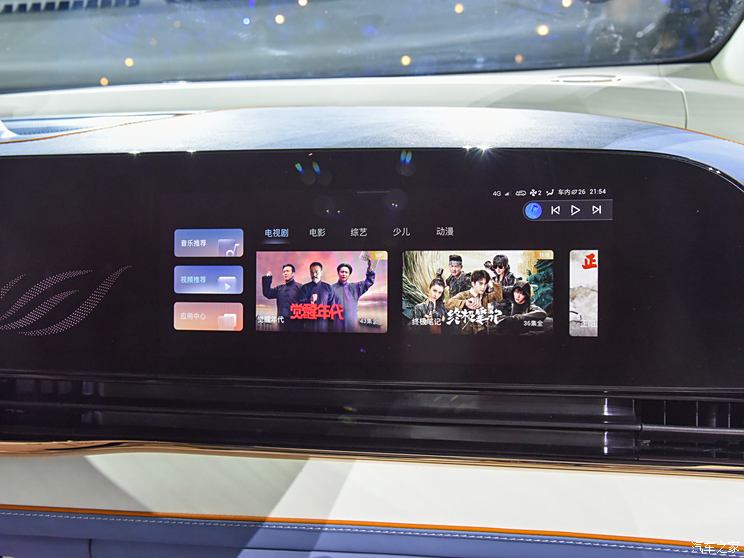

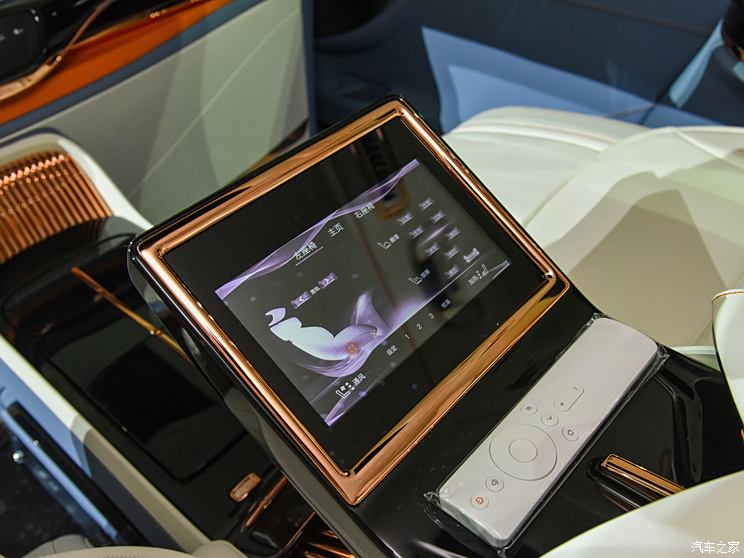
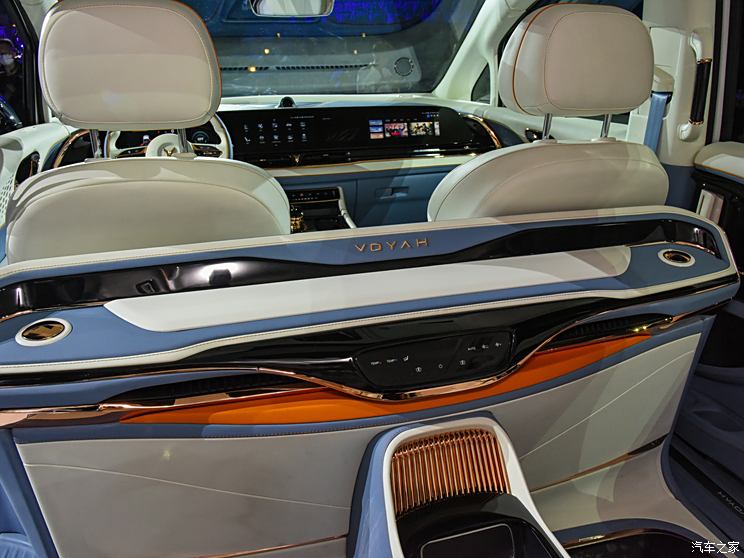
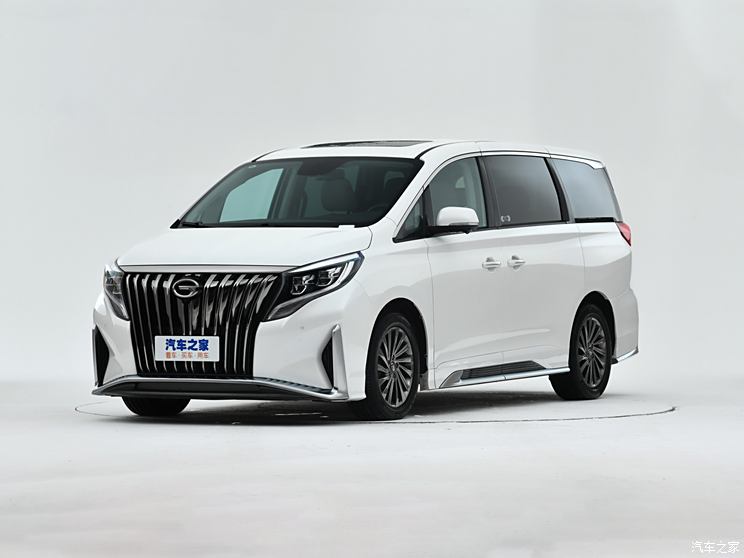
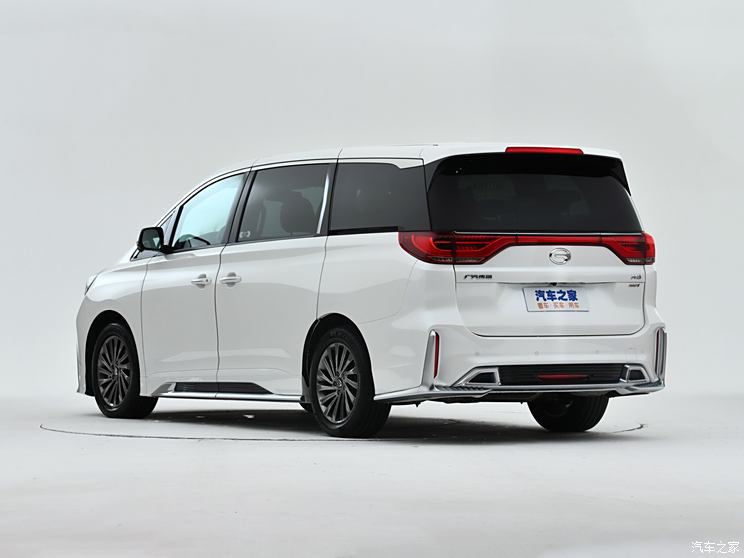
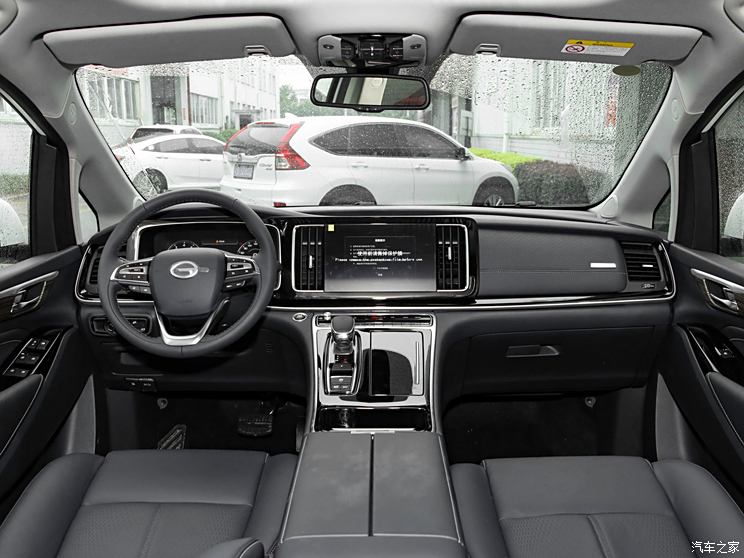
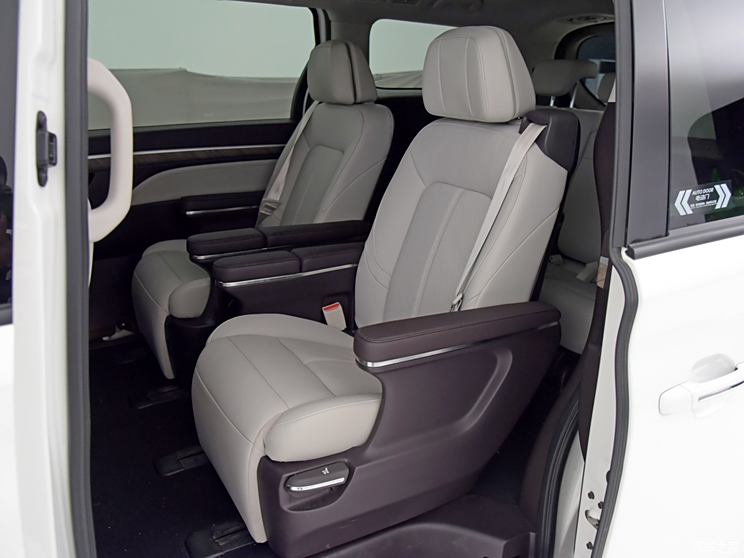
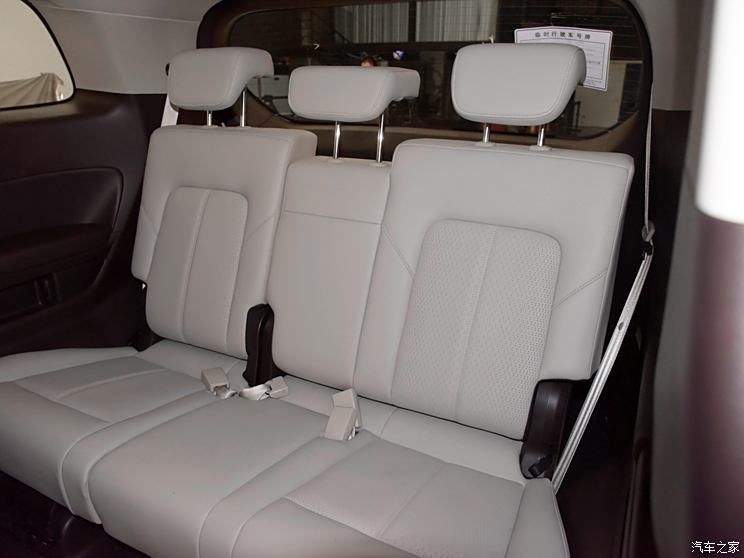
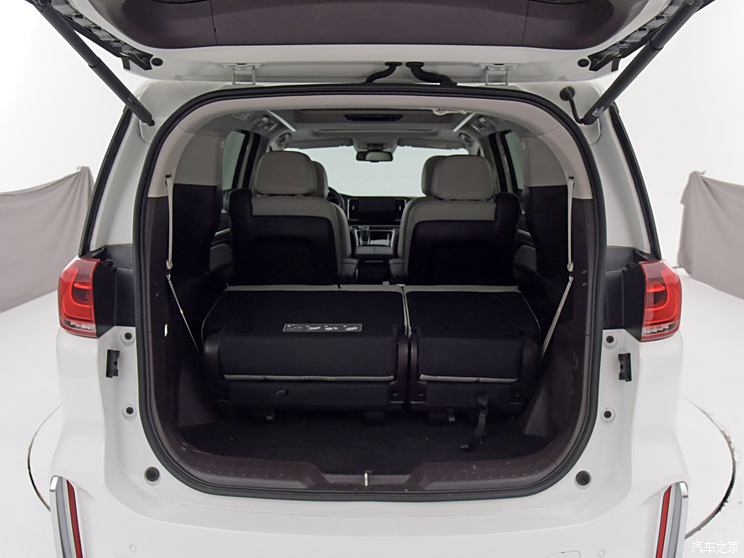

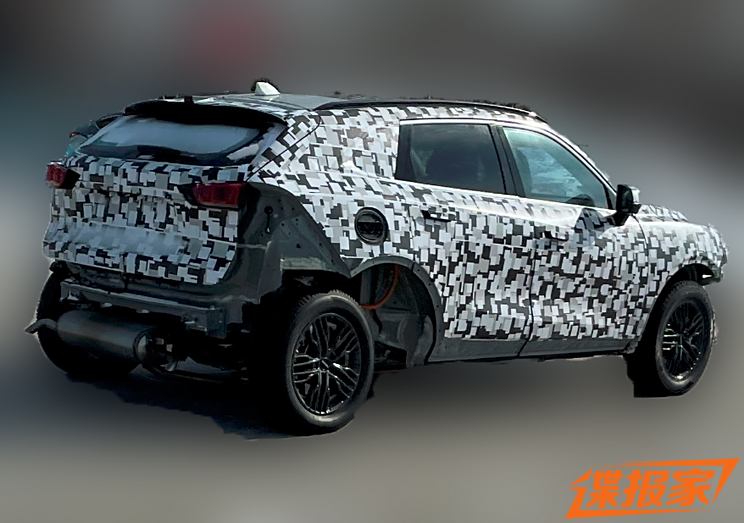
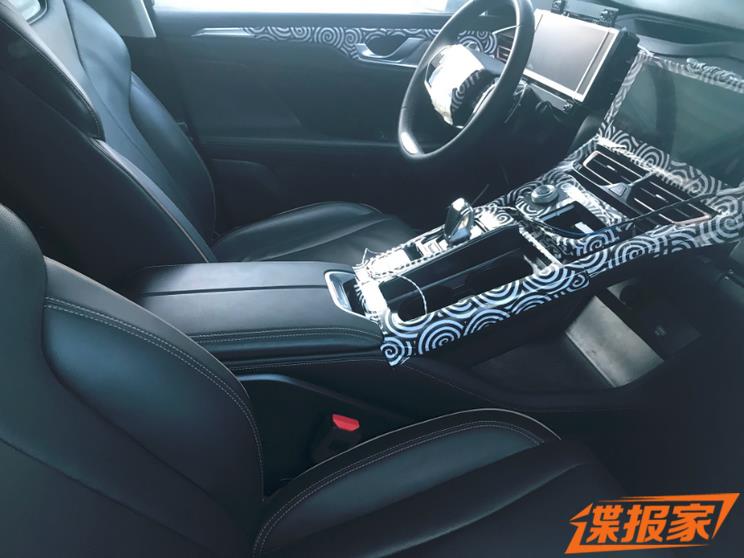
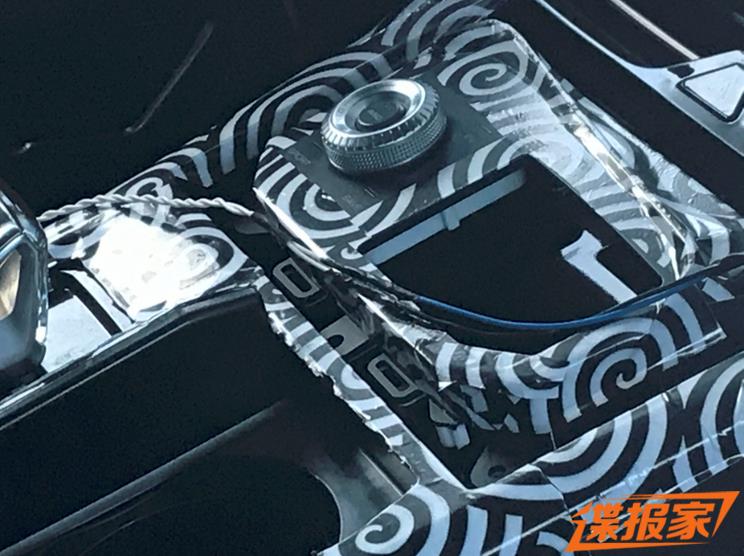
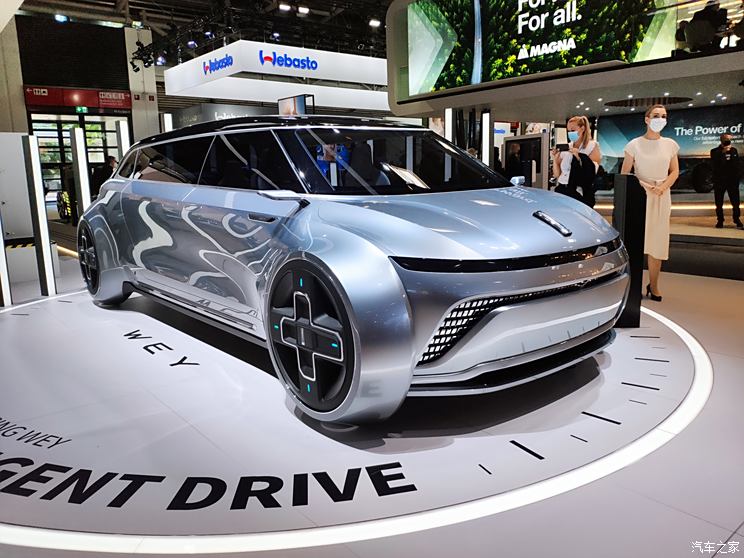


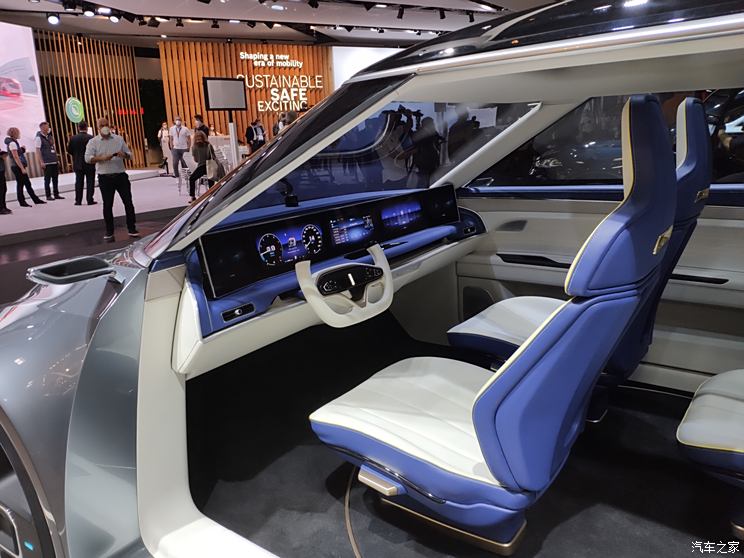




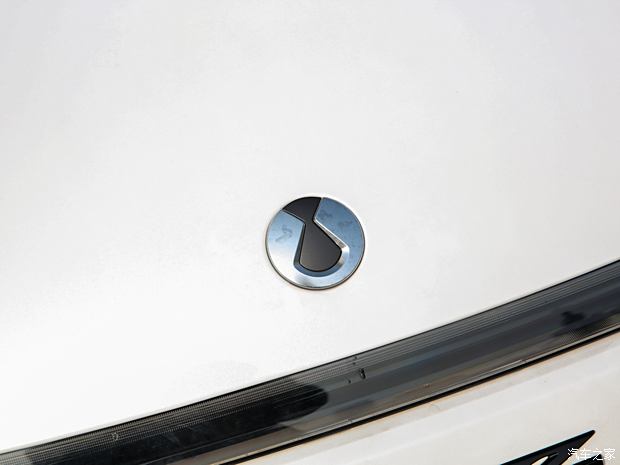
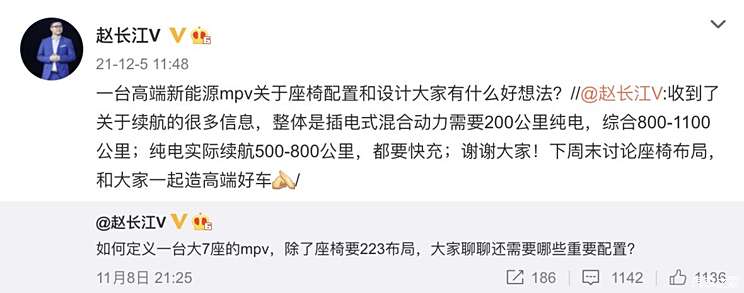
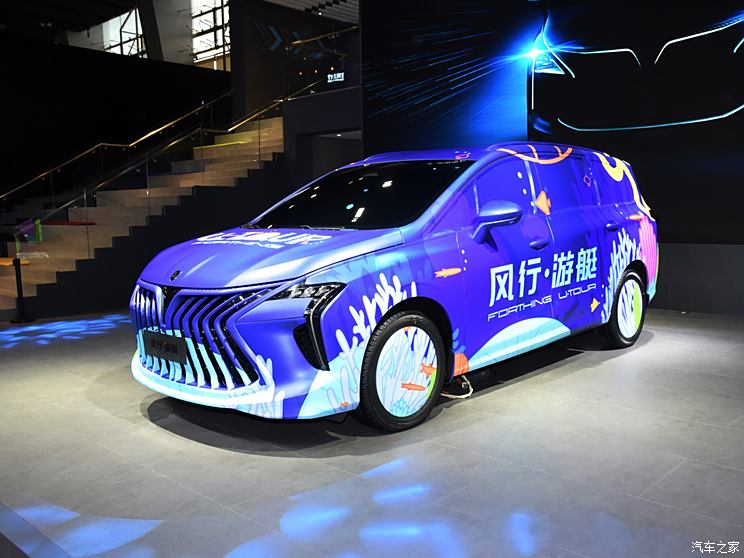
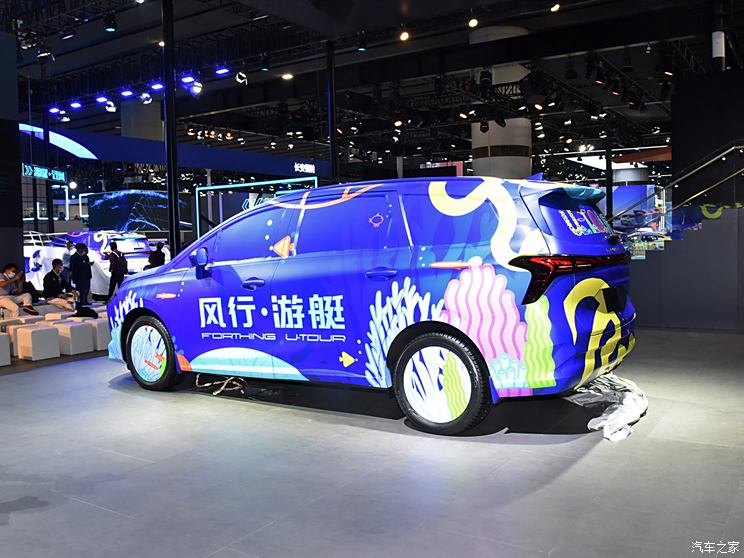
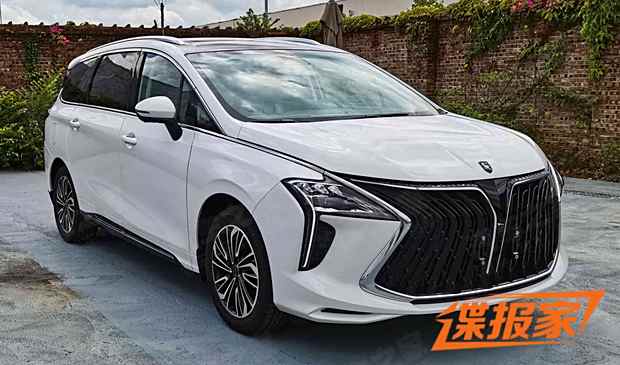
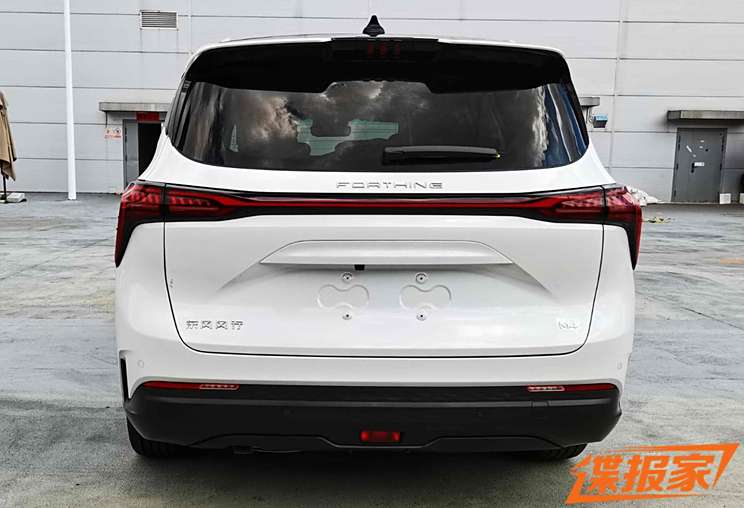
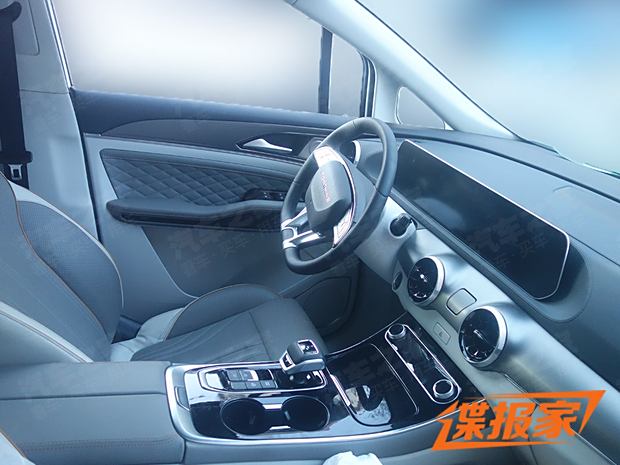
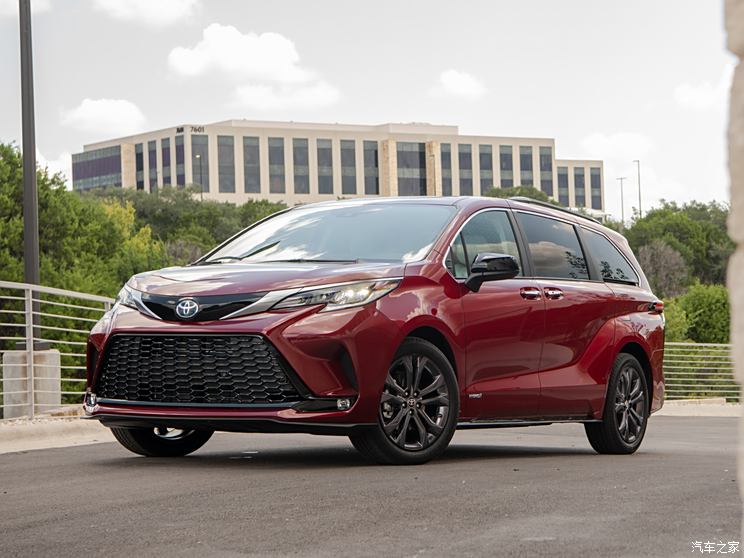
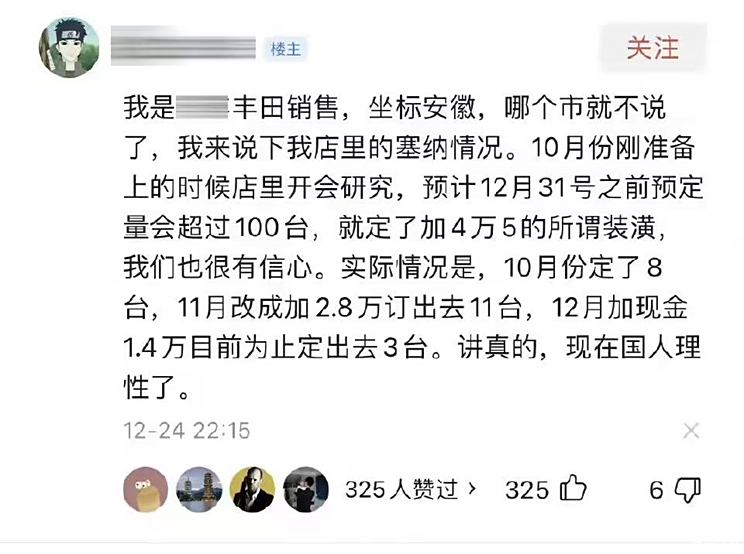
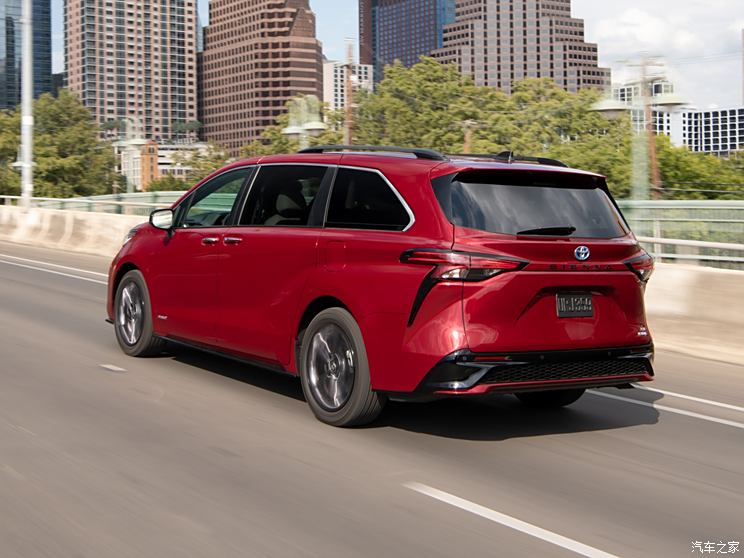
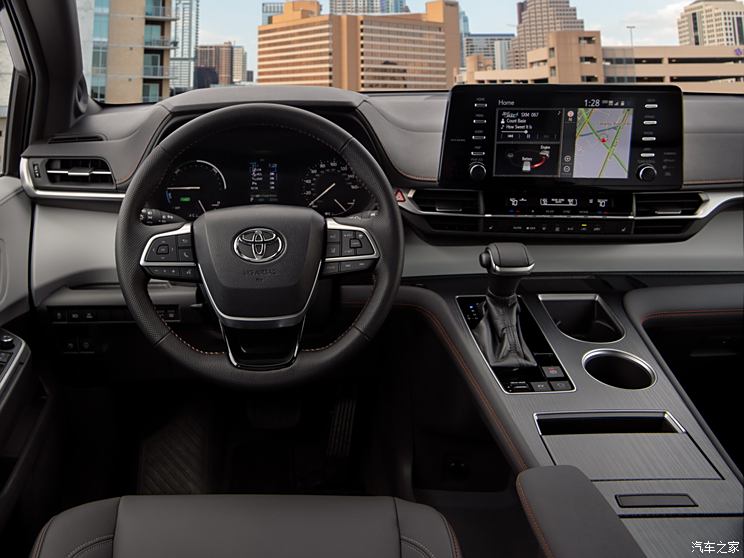
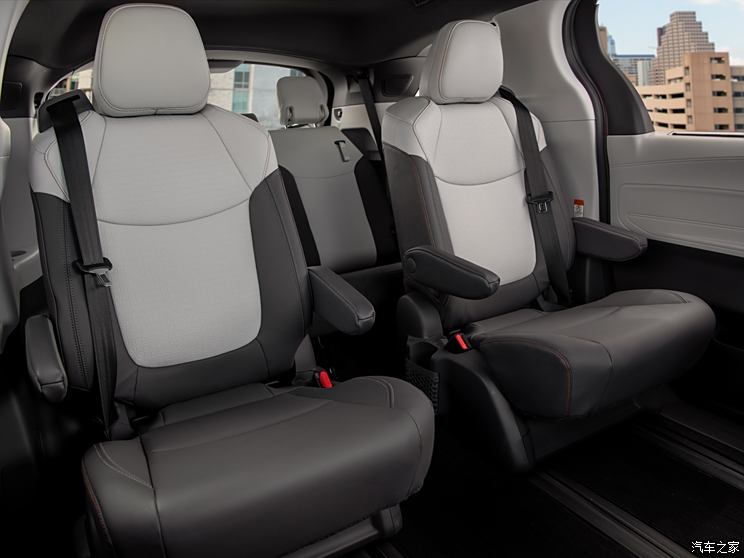
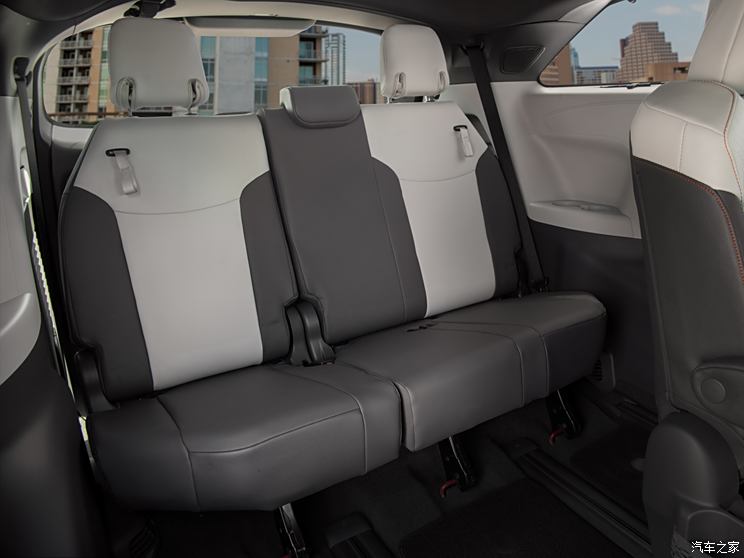
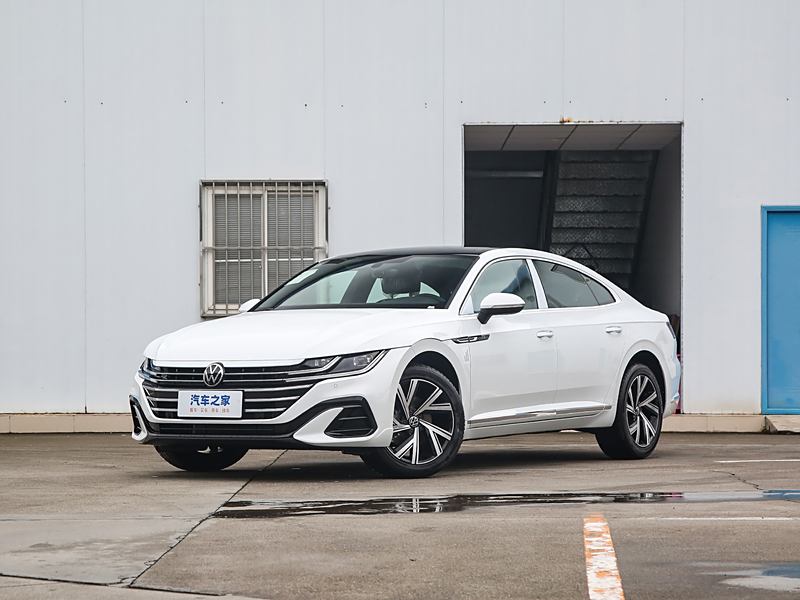
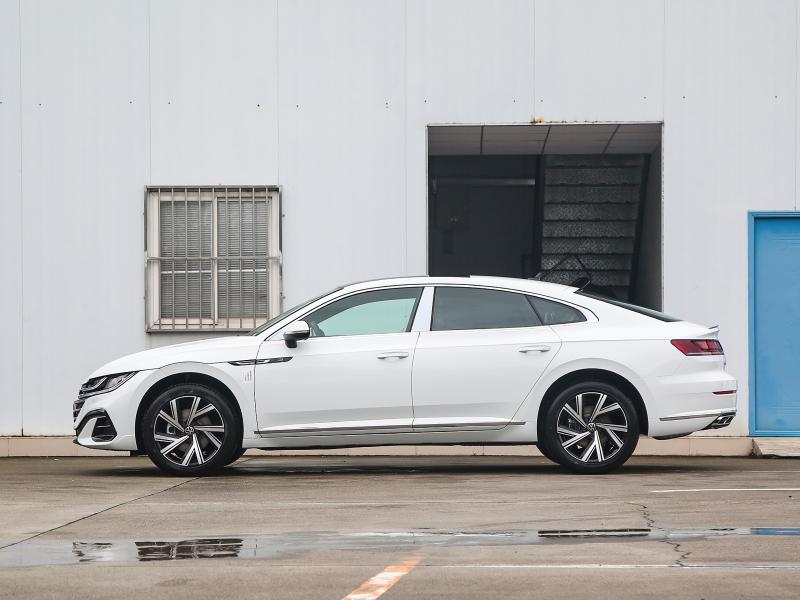
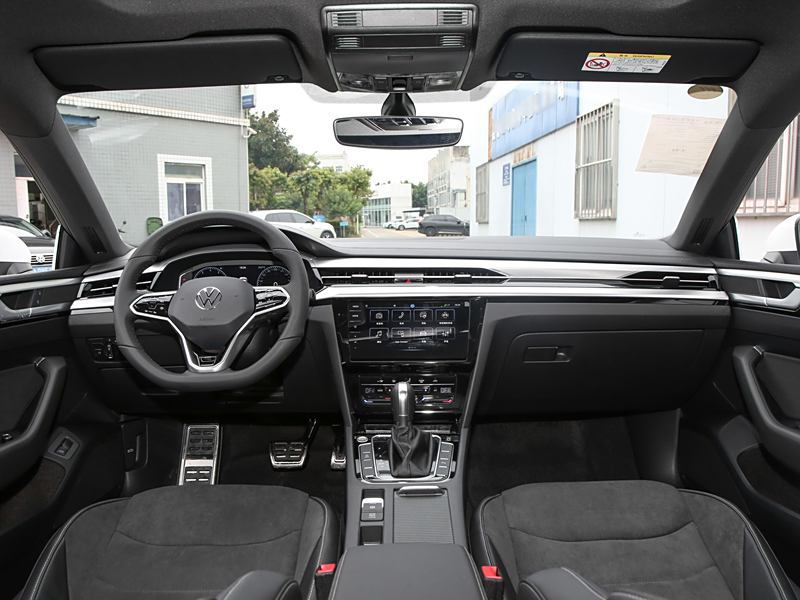
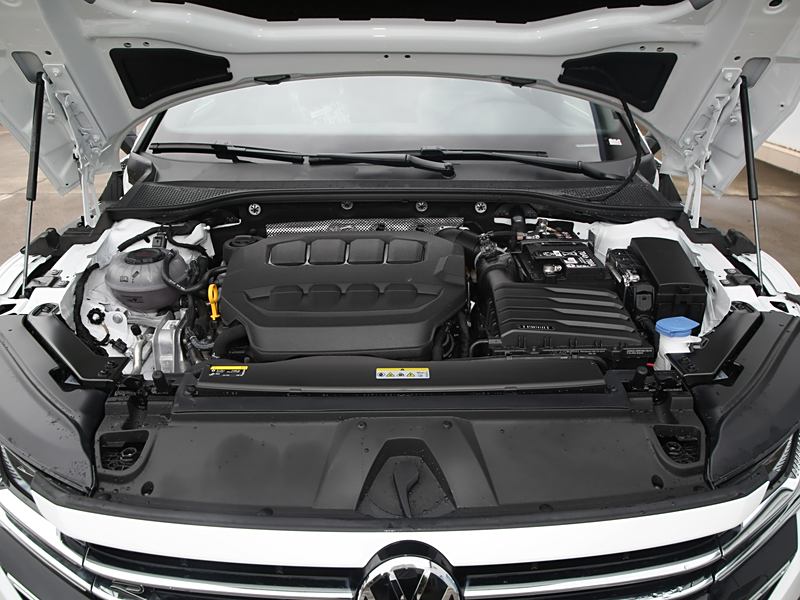

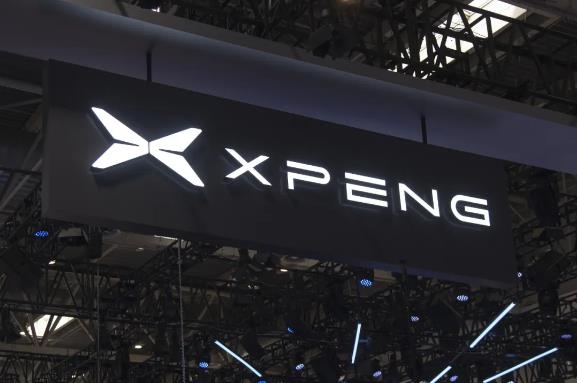

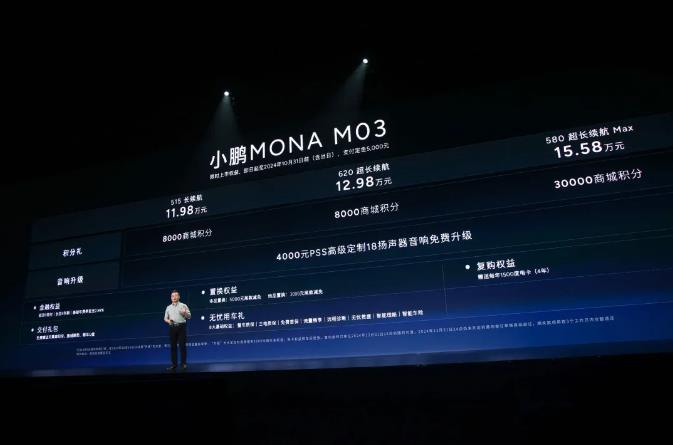
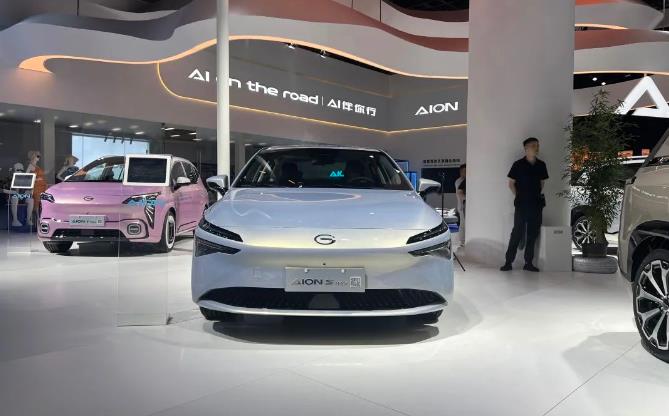
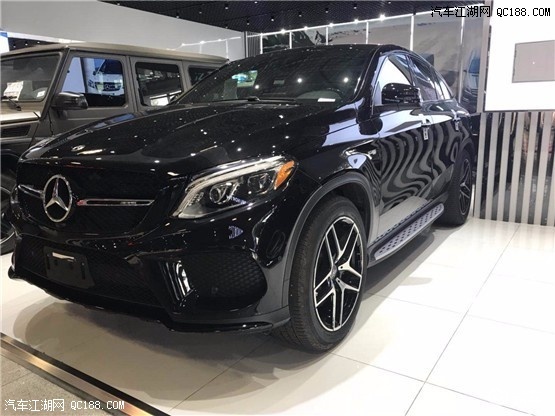 Appearance: 19 GLE43 new cars are designed with a single bar grille, with a huge three-pronged star emblem embedded in the center, and the headlights are also sharp. The shiny chrome decoration highlights the shape of the body, and the side is the essence of the GLE43. The deliberately depressed rear window cleverly creates the taste of the coupe on the premise of ensuring the interior space.
Appearance: 19 GLE43 new cars are designed with a single bar grille, with a huge three-pronged star emblem embedded in the center, and the headlights are also sharp. The shiny chrome decoration highlights the shape of the body, and the side is the essence of the GLE43. The deliberately depressed rear window cleverly creates the taste of the coupe on the premise of ensuring the interior space.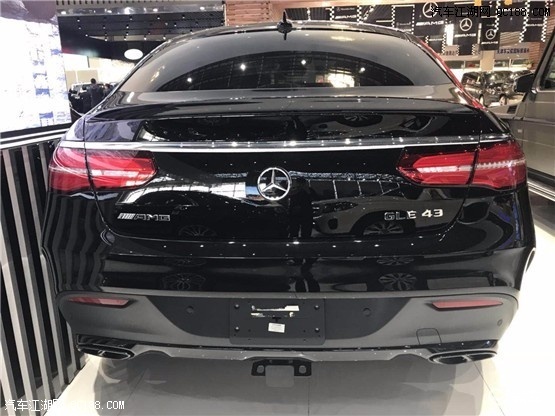 Interior: GLE43 plus version A makes the whole interior atmosphere more luxurious, and the relatively simple function button design makes the operation easier. Meticulous workmanship, coupled with solid wood interior foil, a sense of luxury arises spontaneously. No one will question its new sports gene car. The 19 GLE43 A Coupe are softer in design, with huge vents on the front with obvious A-style, and the large-size and disc all reveal a strong sporty atmosphere. The shiny chrome decoration highlights the shape of the body, from the front anti-slip board to the design around the large side window. The design of GLE sports fully integrates the characteristics of the family and it looks more harmonious. From the front of the car, this car has a high similarity with its brother M-class (the new model will be renamed GLE); The use of the black mesh air intake grille gives it a strong sense of movement. All-headlight with lens belongs to the standard configuration of GLE sports, and it also integrates the function of adaptive high beam.
Interior: GLE43 plus version A makes the whole interior atmosphere more luxurious, and the relatively simple function button design makes the operation easier. Meticulous workmanship, coupled with solid wood interior foil, a sense of luxury arises spontaneously. No one will question its new sports gene car. The 19 GLE43 A Coupe are softer in design, with huge vents on the front with obvious A-style, and the large-size and disc all reveal a strong sporty atmosphere. The shiny chrome decoration highlights the shape of the body, from the front anti-slip board to the design around the large side window. The design of GLE sports fully integrates the characteristics of the family and it looks more harmonious. From the front of the car, this car has a high similarity with its brother M-class (the new model will be renamed GLE); The use of the black mesh air intake grille gives it a strong sense of movement. All-headlight with lens belongs to the standard configuration of GLE sports, and it also integrates the function of adaptive high beam.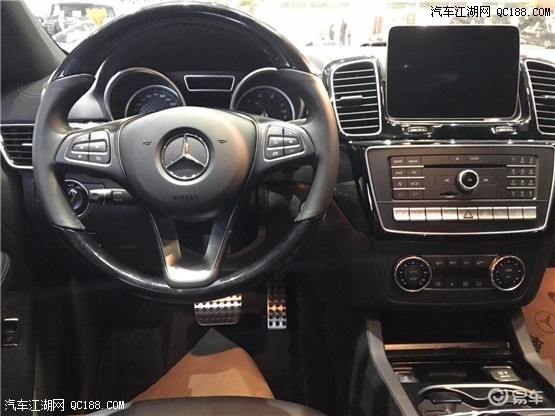
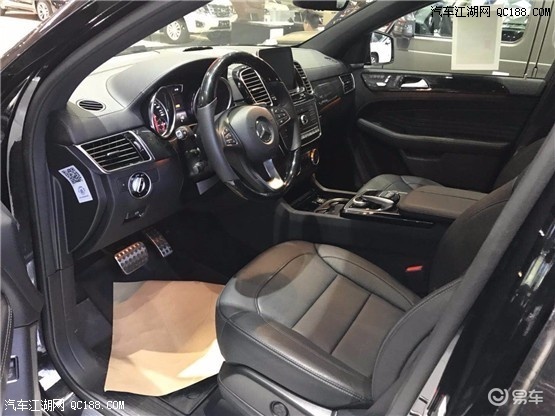
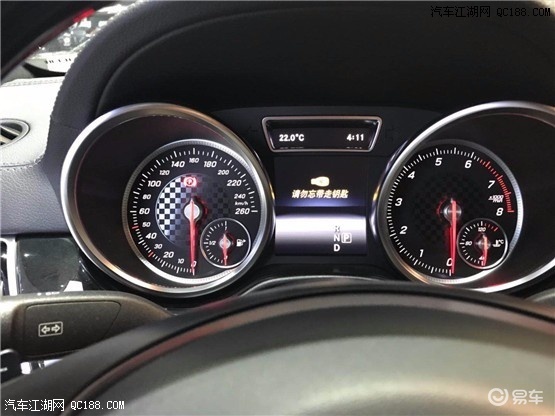 The appearance of GLE43 A Coupe adopts the latest family planning, which is simple, atmospheric and fashionable in general. If you only look at the front of the car, it’s hard to imagine that this is a crossover with Coupe shape. From the back, the smooth streamlined roof makes the GLE Coupe coupe look full. In terms of data, the length, width and height of GLE Coupe are 4891*2129*1719mm and 2915mm, respectively, which is close to the extreme.
The appearance of GLE43 A Coupe adopts the latest family planning, which is simple, atmospheric and fashionable in general. If you only look at the front of the car, it’s hard to imagine that this is a crossover with Coupe shape. From the back, the smooth streamlined roof makes the GLE Coupe coupe look full. In terms of data, the length, width and height of GLE Coupe are 4891*2129*1719mm and 2915mm, respectively, which is close to the extreme.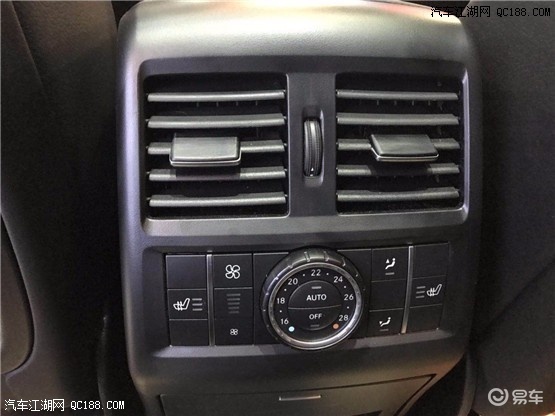
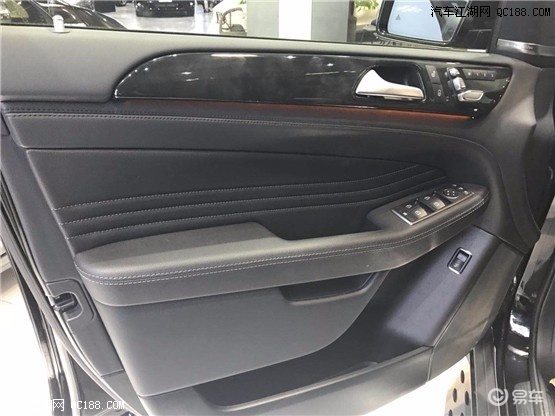 The 2019 GLE43A Coupe version is matched with a V6 double actuator, with a maximum output of 367Ps(270kW) and a peak torque of 520 N m.. With the 9-speed active and 4Mactic four-wheel drive system, the 100-kilometer acceleration time of the 2019 GLE43 plus version is 5.6 seconds and 250 km/h. Although there is no thrilling dynamic performance like GLE 63, GLE43 CoupeA does not disappoint us. Now, you can get a GLE43 Coupe A with excellent comprehensive indication at about half the price of A version. Although it is not completely different from the popular version, it is enough to show its own strangeness.
The 2019 GLE43A Coupe version is matched with a V6 double actuator, with a maximum output of 367Ps(270kW) and a peak torque of 520 N m.. With the 9-speed active and 4Mactic four-wheel drive system, the 100-kilometer acceleration time of the 2019 GLE43 plus version is 5.6 seconds and 250 km/h. Although there is no thrilling dynamic performance like GLE 63, GLE43 CoupeA does not disappoint us. Now, you can get a GLE43 Coupe A with excellent comprehensive indication at about half the price of A version. Although it is not completely different from the popular version, it is enough to show its own strangeness.